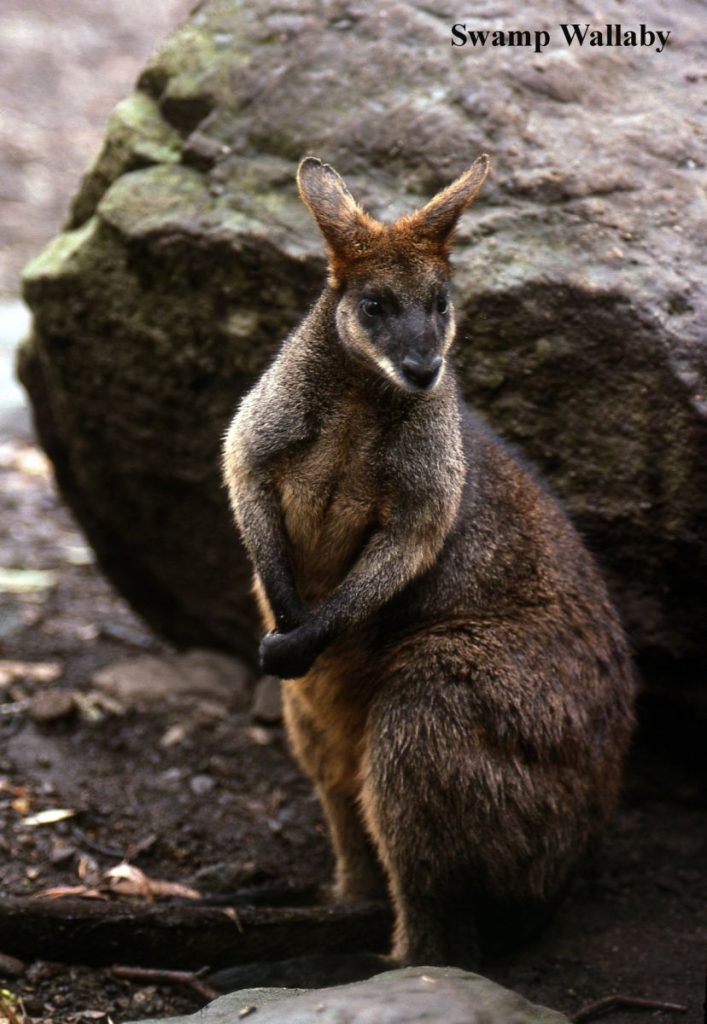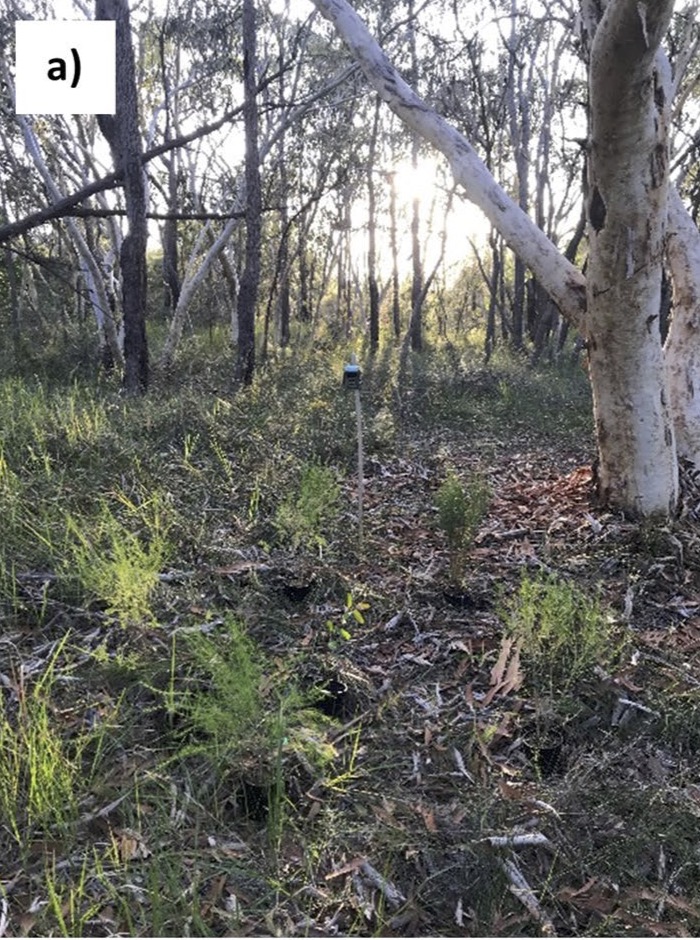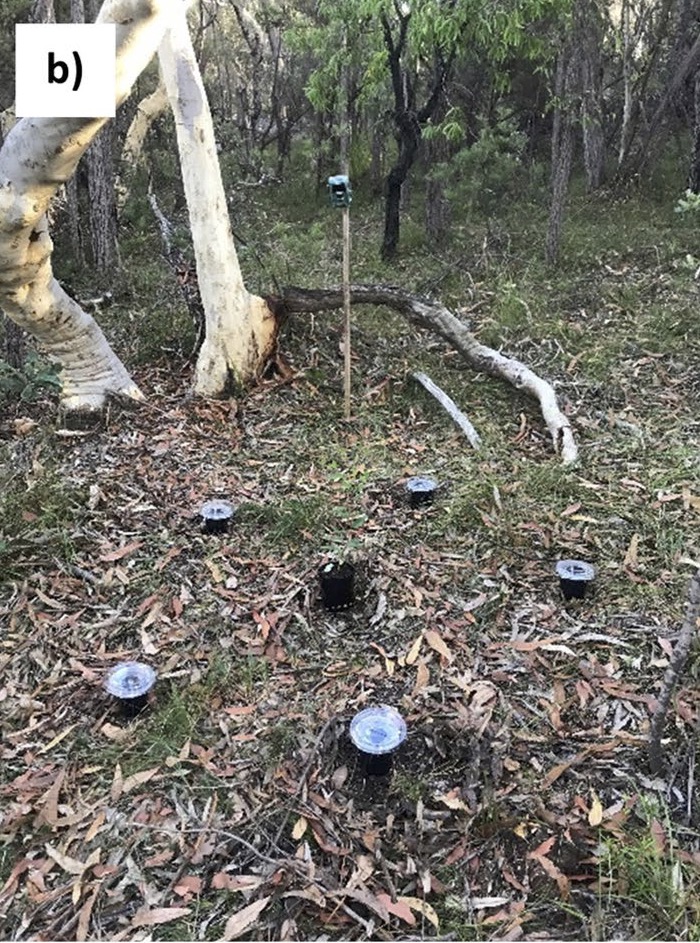
Herbivores naturally feed on plants. In ecosystems still in their natural state, plants, herbivores and their predators have reached a relatively sustainable equilibrium. However, in areas where vegetation is being regenerated or restored, or in agricultural areas, there is no similar equilibrium. In these latter disturbed situations, herbivores can cause considerable damage to emerging or planted seedlings and crops.
A range of measures has been used for a long time to reduce damage by herbivores to vegetation. Focussing on the non-agricultural context, measures have included putting guards around young plants, fencing areas off from herbivores, introducing predators of herbivores and killing herbivores. These measures have pros and cons. Certain guards are more effective than others, fencing is expensive, introducing predators may not be practical and killing animals is not always considered ethical.
Some University of Sydney researchers have come at the question of how to reduce herbivore damage to desirable plants from another direction. Instead of looking at what herbivores like to eat, the group focussed on how they find their food. After realising that the answer was through the sense of smell, they then thought about how they could use this knowledge to stop herbivores eating certain tasty plants.
Their approach can be described as spreading “olfactory (smell) misinformation” or setting up “chemical camouflage”. In one recent application of this idea, they tried to reduce the loss of newly planted wheat seeds to mice, which find seeds from the smell of the wheat germ. In a field trial, spraying a field with wheat germ oil confused them and reduced seed loss substantially.
In a context more related to native vegetation restoration, Finnerty and other members of the University of Sydney group designed an experiment to see if they could deter swamp wallabies from eating one of their favourite foods, Eucalyptus punctata leaves, by using a shrub which swamp wallabies avoid, Boronia pinnata. The researchers set up E. punctata seedlings in the field and put some odour stations around each seedling containing the particular substance from B. pinnata that swamp wallabies find unpleasant. They also set up some actual B. pinnata shrubs around each of some more E. punctata seedlings. They included controls too, which were unprotected E. punctata seedlings. They described the results they obtained after running the experiment for 40 days as “staggering”. E. punctata seedlings surrounded by odour stations or B. pinnata shrubs were 20 times less likely to be eaten than unprotected seedlings.
Finnerty’s group believes this approach of using odour stations (or “virtual neighbours” of the seedlings, as they call them) has great potential as a management tool, when we need to control foraging by hungry herbivores, as each particular herbivore avoids certain plant species. It promises to be a more cost-effective way of improving the success of vegetation restoration projects and growing agricultural crops than other commonly used methods for reducing seed or seedling loss. Rather than getting rid of the herbivores, the approach relies on spreading fake news and, with swamp wallabies, it seems to work!


The journal article that this piece in The Conversation is based on is here. The journal article has a Creative Commons licence. The licence says the images in the article are covered by the CC licence.
Source article: The Conversation (3rd February, 2024) – Animals keep eating precious plants – we used ‘smell misinformation’ to keep them away
